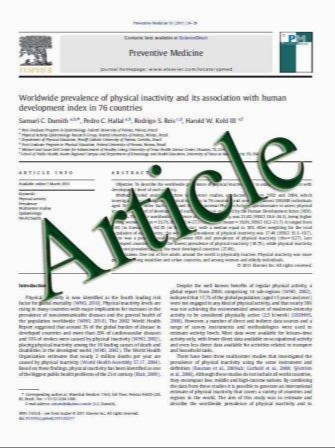Hybrid 18F-FDG PET–MRI of the hand in rheumatoid arthritis: initial results
- نوع فایل : کتاب
- زبان : انگلیسی
- مؤلف : Falk Miese & Axel Scherer & Benedikt Ostendorf & Alexander Heinzel &Rotem S. Lanzman & Patric Krِpil & Dirk Blondin & Hubertus Hautzel & Hans-Jِrg Wit
- چاپ و سال / کشور: 2011
Description
18F-fluorodeoxyglucose PET (18F-FDG PET) is highly sensitive to inflammatory changes within the synovial tissue in rheumatoid arthritis (RA). However, the highest spatial resolution for soft tissue can be achieved with MRI. Here, we report on the first true hybrid PET–MRI examination of the hand in early RA exploiting the advantages of both modalities. PET–MRI was performed with a prototype of an APD-based magneto-insensitive BrainPET detector (Siemens Healthcare, Erlangen, Germany) operated within a standard 3T MR scanner (MAGNETOM Trio, Siemens). PET images were normalized, random, attenuation and scatter-corrected, iteratively reconstructed and calibrated to yield standardized uptake values (SUV) of 18F-FDG uptake. T1-weighted TSE in coronal as well as sagittal orientation prior to and following Gadolinium administration were acquired. Increased 18FFDG uptake was present in synovitis and tenovaginitis as identified on contrast-enhanced MRI. The tracer distribution was surrounding the metacarpophalangeal joints II and III. Maximum SUV of 3.1 was noted. In RA, true hybrid 18FFDG PET–MRI of the hand is technically feasible and bears the potential to directly visualize inflammation.
Clin Rheumato lReceived: 25 January 2011 / Revised: 24 March 2011 / Accepted: 9 May 2011


